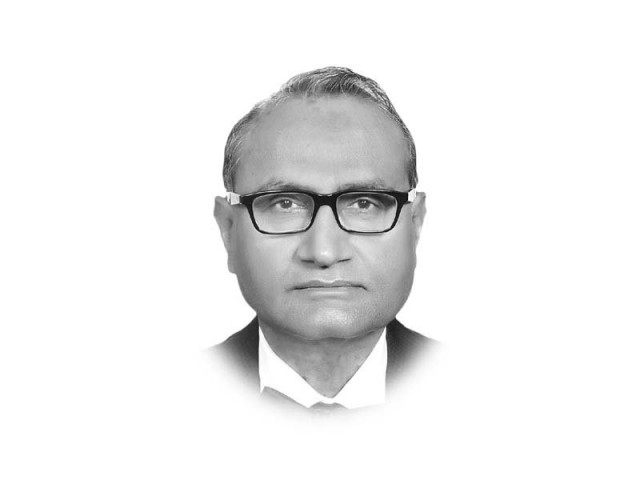The Economy of Modern Sindh
Story of Sindh remains incomplete without bringing out socio-political underpinnings of development process

The writer is a senior economist. He can be contacted at pervez.tahir@tribune.com.pk
What began as the updating of a similarly titled book by the venerable Ishrat Hussain in 1981 has turned out to be an impressive compendium of the economy of Sindh. Economists proverbially have no taste for unintended consequences.
This is an exception. While the rich datasets and information gathered by the smart young economist Nadeem Hussain have been woven into an analytical story by the experienced Ishrat Hussain, the political economy dimensions have been masterfully covered by my knowledgeable friend, Professor Qureshi.
The story of Sindh – a politically conscious province – remains incomplete without bringing out the socio-political underpinnings of the development process.
The recurring theme of the book is the opportunities lost and the prospects of realising the potential unleashed by the comprehensive devolution under the 18th Amendment to the Constitution and the 7th NFC Award, with the rider “that effective implementation of provincial autonomy would take some time to find a stable equilibrium.
More important, the third tier of the government — local governments — have been weakened”. From an income per capita stated to be 55 per cent higher than the rest of the country at the time of independence, the province has suffered a steep decline to less than 17 per cent.
In fact, there has been stagnant growth per capita in the past two decades, contributed in no mean terms by the lagging growth in rural Sindh and the higher population growth due, among other things, to the flow of migrants from other provinces and the law and order situation.
These explanations only scratch the surface of the problem in a province that still enjoys the highest income per capita. The deeper malaise is that poor productivity cuts across all divides, rural-urban; agriculture and non-agricultural; and new-old Sindhis.
Curiously, rural Sindh is not productive due to ignorance and disease and the urban Sindh is not productive despite a better score on human development. The conclusion echoes what the CEO of Interloop said at a recent conclave of the Pakistan Business Council: “Pakistani businesses are not competitive not just because energy rates are high, or subsidies are not being provided; it is just that we are not efficient.” Same goes for agriculture.
A number of challenges have been identified: absorbing three-four hundred thousand new entrants every year to the labour force and equipping them with appropriate education, training and skills; raising productivity of agriculture in the face of water shortage; using relative strengths of the urban and rural economies to build more synergies; making state institutions effective and capable of service delivery; and the social gap between the backward districts and the rural female population and the advanced districts and urban male population.
A pillared strategy includes: improved institutional capacity of provincial and district governments; making urban economy more competitive and efficient by removing distortions; raising productivity of water, livestock and agricultural land, besides value-added horticulture, vegetables and oilseeds; mobilising provincial revenues by reforming property tax, agriculture income tax, local cesses and user charges on irrigation water; and improving the access for the poor, particularly the rural female population and those living in the backward districts to basic services.
Finally, the recommendation of recommendations to usher in a really modern Sindh: the synergies and interdependence in this strategy require allocation of provincial finances largely to the poor and backward districts, with the urban and better-off districts incentivised to fend for themselves. A tough but necessary call for a ‘new’ modern Sindh.
Published in The Express Tribune, March 22nd, 2019.
Like Opinion & Editorial on Facebook, follow @ETOpEd on Twitter to receive all updates on all our daily pieces.












COMMENTS
Comments are moderated and generally will be posted if they are on-topic and not abusive.
For more information, please see our Comments FAQ